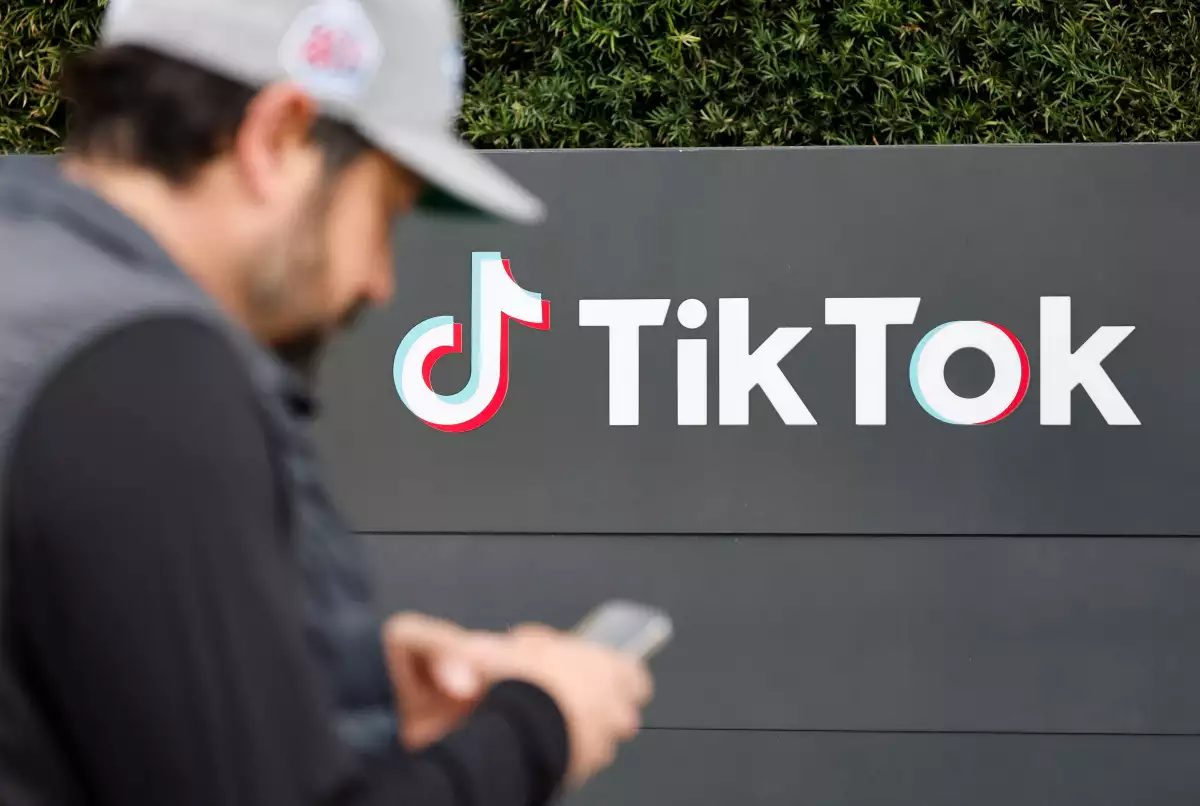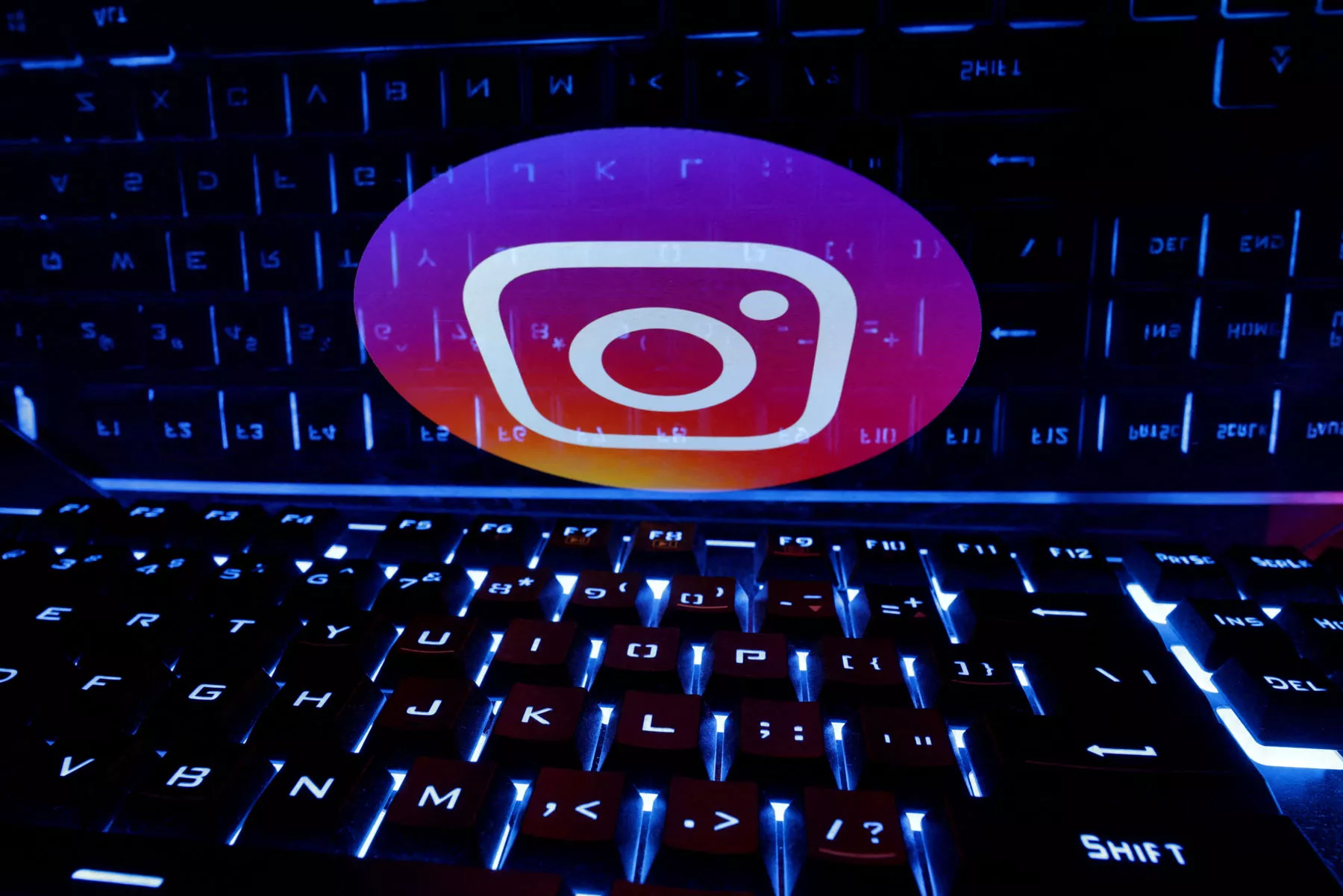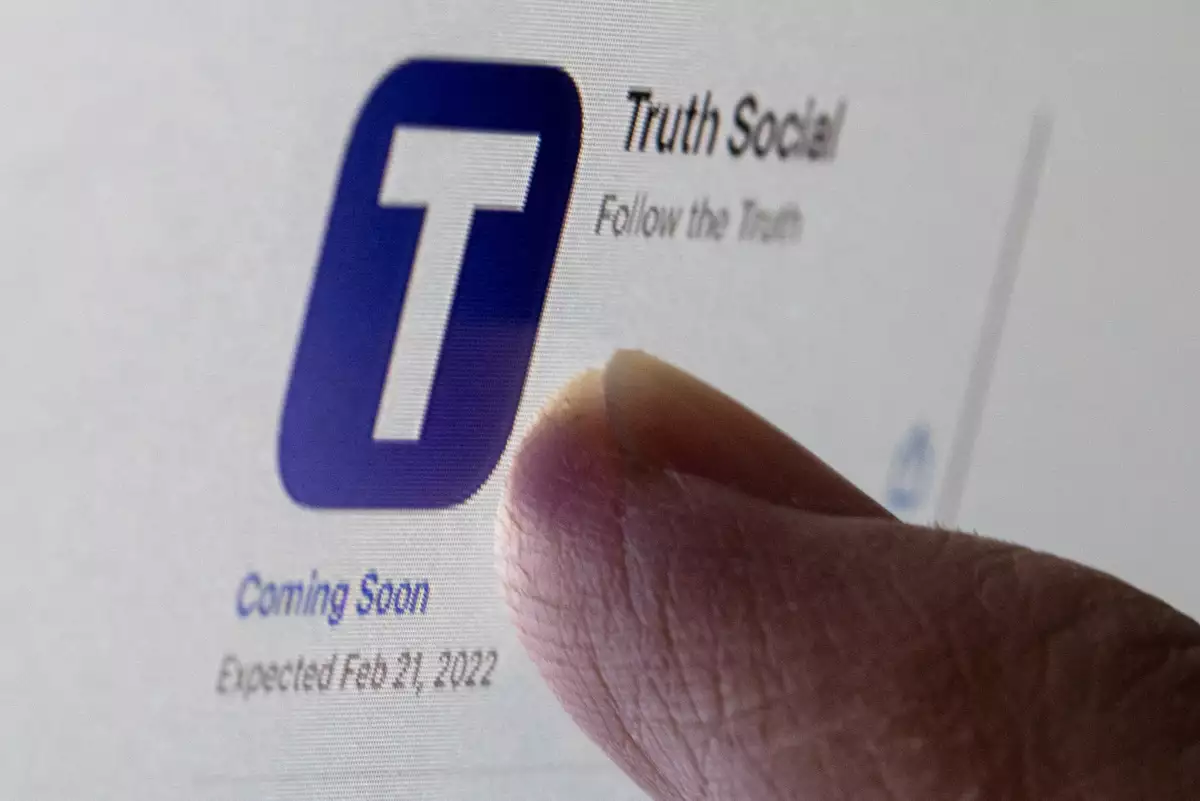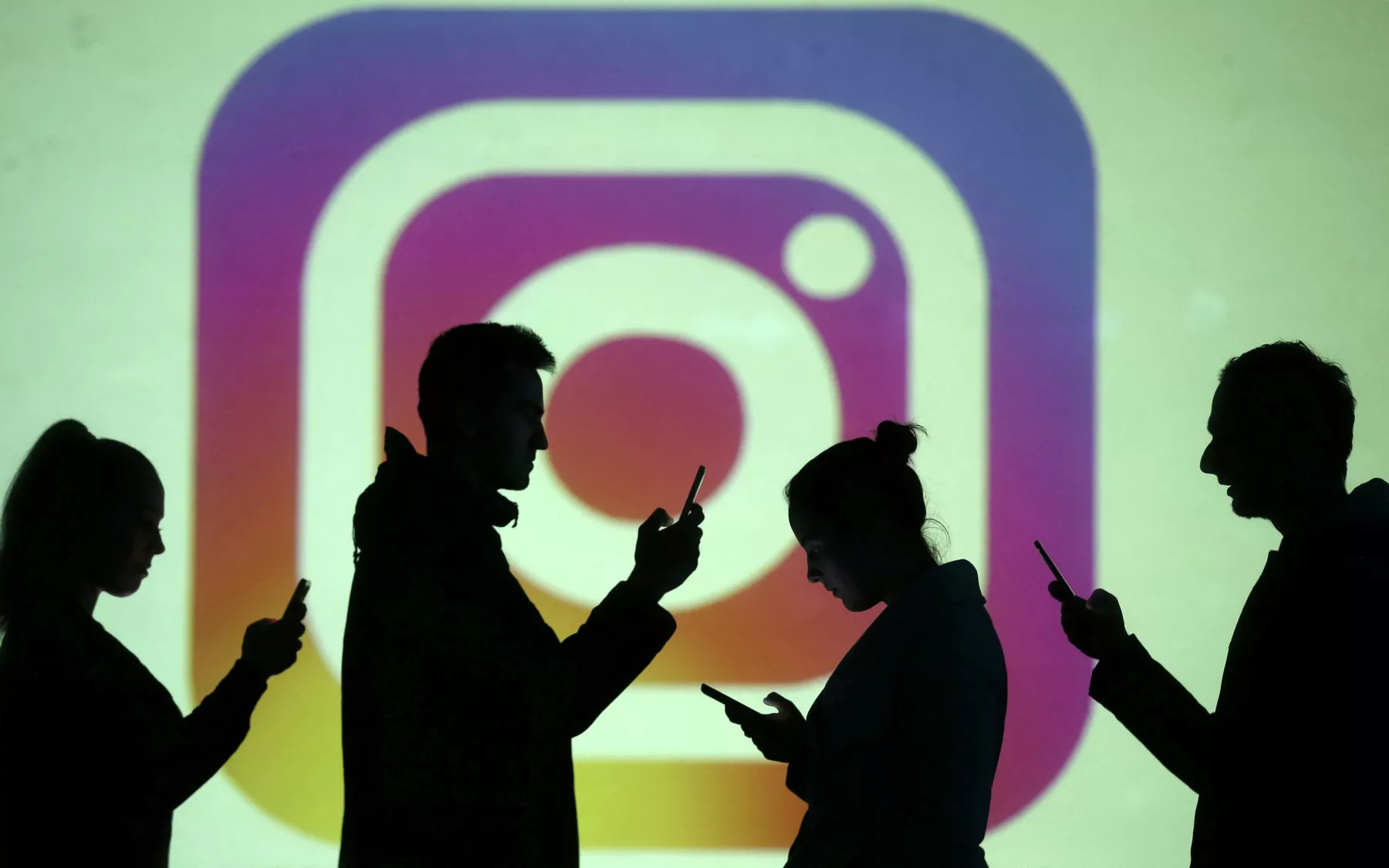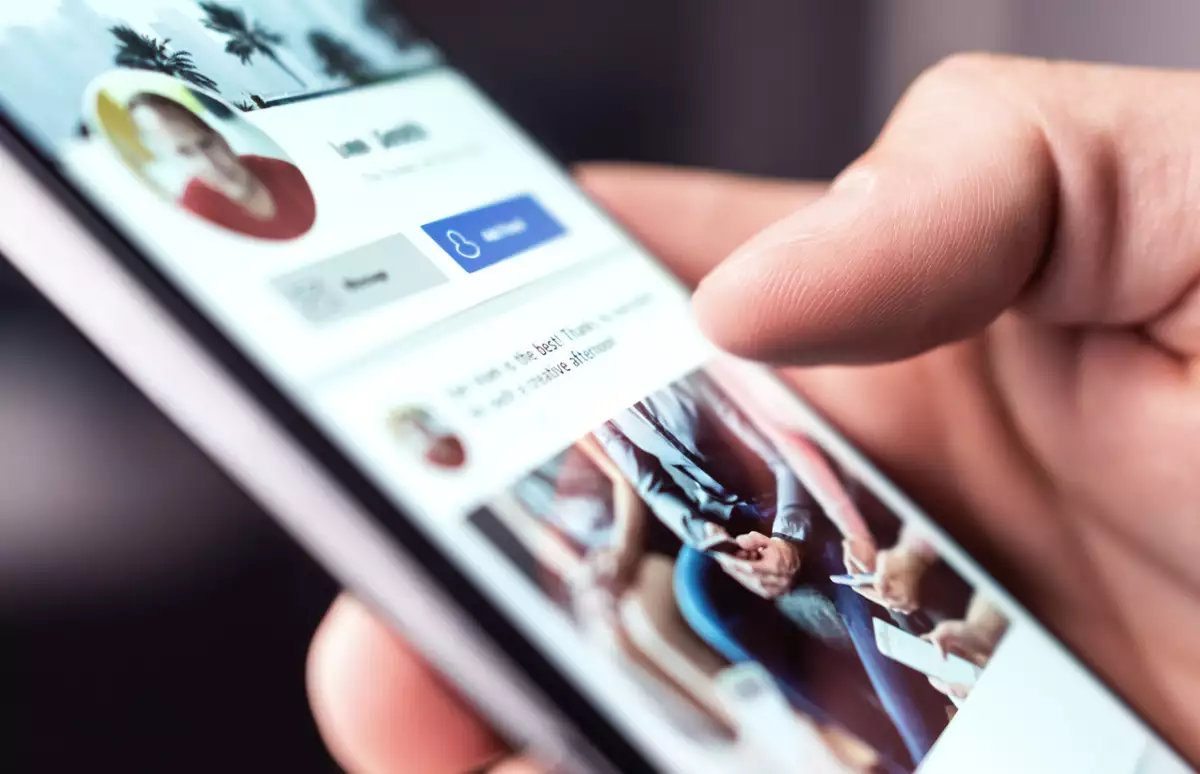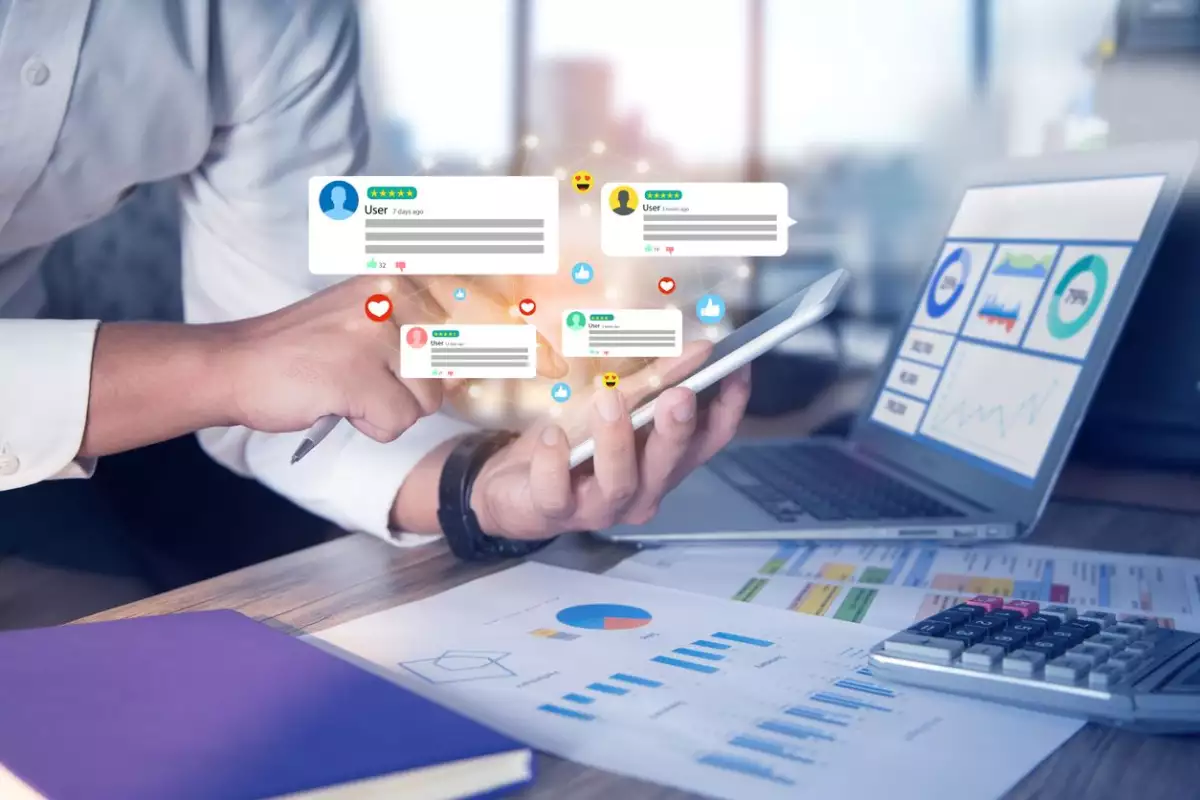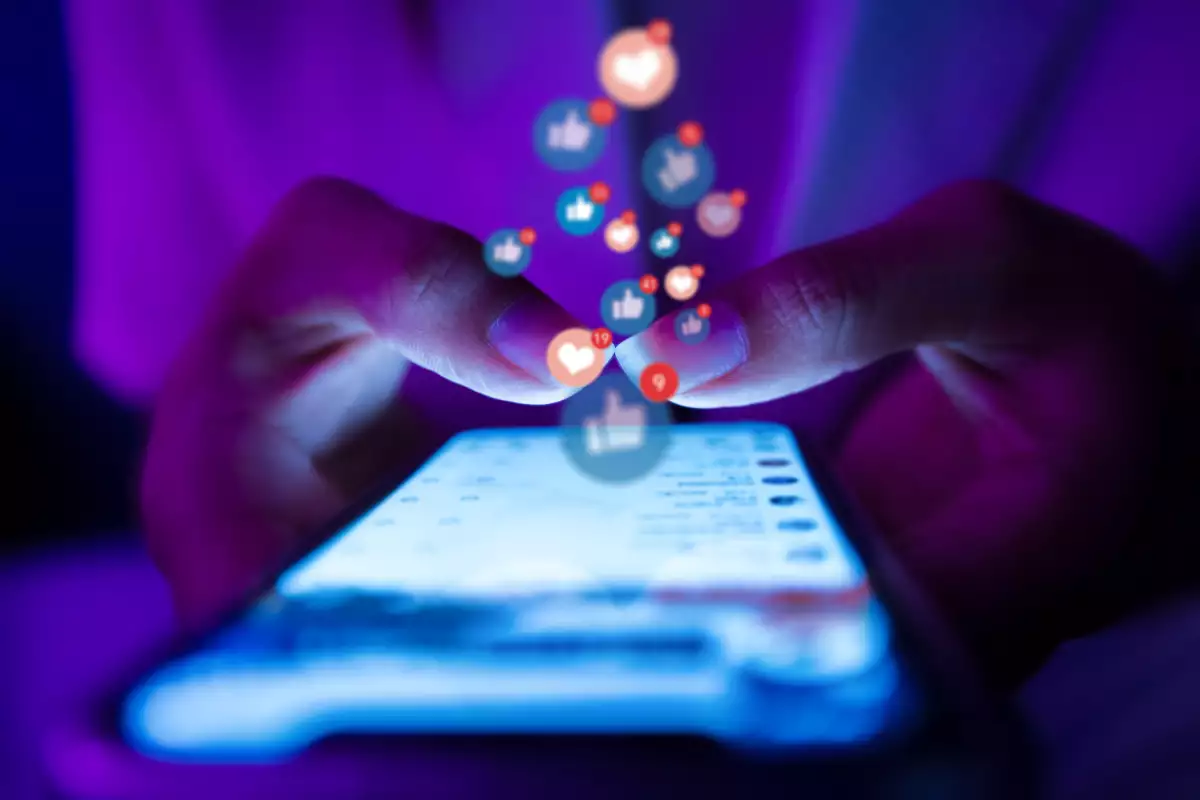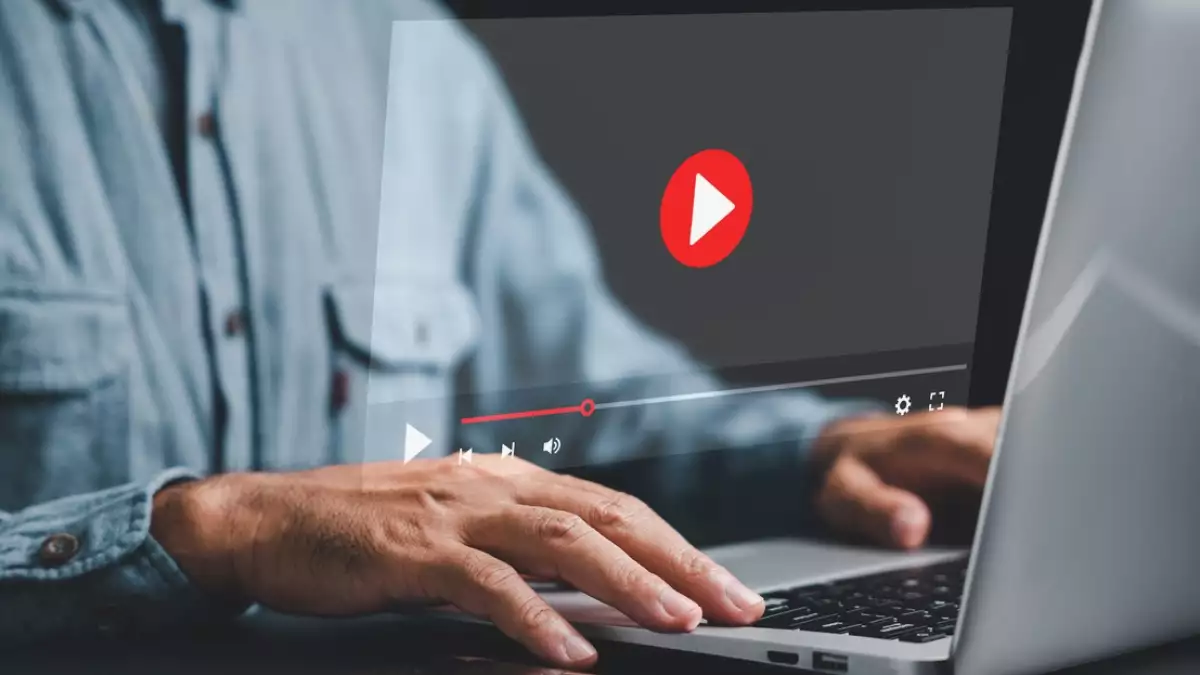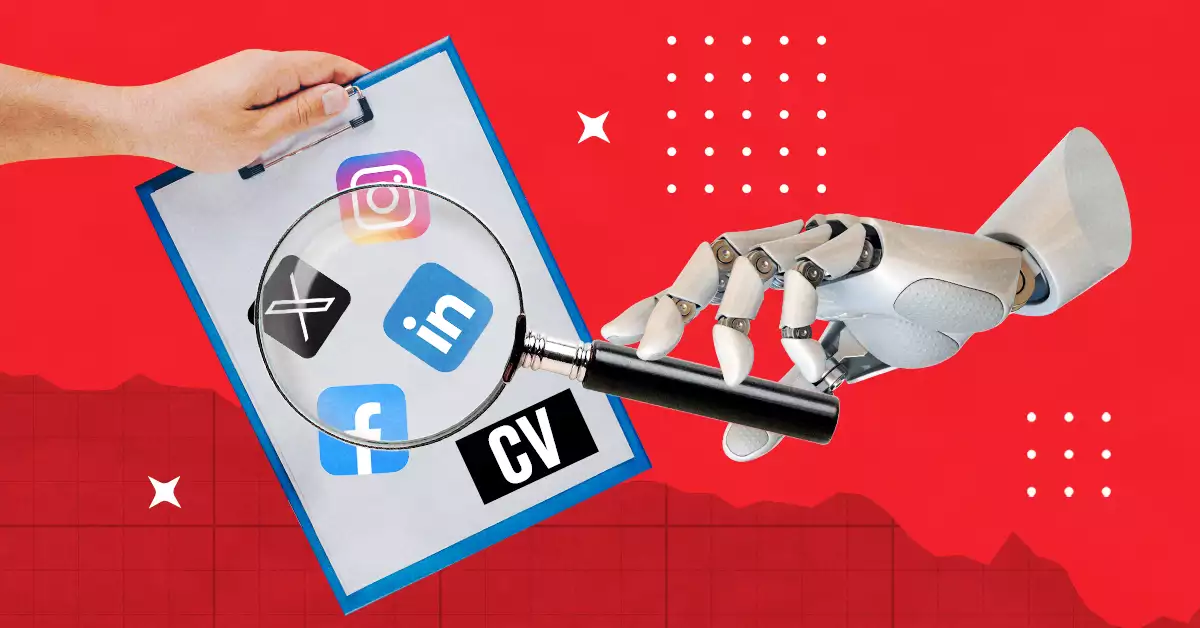
This is how companies analyze your social networks before hiring you
Companies can use AI platforms to perform an analysis of a potential candidates digital identity. We tell you how it works and what to do if your privacy is violated.
It’s true: many companies check your social media before hiring you. And not only that, but also your entire “digital identity.” The way companies recruit workers and manage their human resources is undergoing a major transformation and is largely driven by the use of Artificial Intelligence (AI).
AI can do wonders for job searching. With just a couple of clicks you can find vacancies on platforms like LinkedIn, Indeed, Monster, ZipRecruiter, just to name a few. But also, on the employer side, there are platforms to find out if you are the right person for their company and an example of this is Pandapé .
This is a comprehensive recruiting platform that uses AI to streamline the entire process, from job search to onboarding new employees. What it offers is faster hiring and constant monitoring of the work environment, to reduce talent turnover.
But it also analyses social networks, such as your Facebook, Instagram, X (formerly Twitter) and LinkedIn profiles, to identify trends and preferences of candidates, as well as to corroborate that what they say on their CV is true. Pandapé is not the only one, as there are others such as Zoho Recruit, Workable or SmartRecruiters.
Digital identity: a new requirement for your CV
“Companies have to be where the candidates are,” explained Ivonne López, manager of Pandapé. According to her, the new generations are more digital and part of the adaptation of companies is to be where the candidates are.
But social media analysis is part of recruitment and a joint effort, as it involves reading the entire “digital identity.” This also includes websites, comments and even mentions. What the software does is analyze and identify which candidates fit the profiles, qualities, experiences and launch a probability that, they emphasize, always has to be reviewed by the recruiter.
Although, just by being active in the digital world, Lopez shared that if AI identifies you as a possible candidate, you may receive an email, alert, or message on your social networks, this is called “passive search.” According to company data, the main channels for contacting candidates are WhatsApp (73%), B2B social networks (43%), B2C social networks (43%), email (51%) and telephone (62%).
AI: A neutral recruiter?
Chris Hyams, Indeed’s global CEO, wrote in Fortune magazine : “I am both excited about AI and deeply concerned. Any technology that provides extraordinary power must also be handled with extraordinary care – because the more powerful it is, the more care is required.”
According to Hyams, one of his main concerns is bias. “AI runs on data, data comes from humans, and humans are flawed,” he wrote. In 2003, the American Economic Association published a paper that found names that sounded like black people received 50% fewer calls for interviews than names that sounded like white people, with identical resumes.
Twenty years later, the picture hasn’t changed. This year, Bloomberg published a report showing that when generative AI was asked to create images related to jobs and crimes, it reinforced stereotypes regarding race and gender. Despite white Americans making up 70% of workers in the fast food sector, 70% of the images generated showed employees with darker skin tones.
In addition, the OECD, together with UNESCO, published research on the effects of AI on women’s working lives , which raises a debate on whether the automation of job advertisements can result in direct or indirect discrimination. Although there is confidence that AI can match candidates with companies fairly, biases and potential discrimination in these systems can still affect women seeking employment.
This is because the algorithms used by the platforms also influence who sees which ads. Over time, machine learning techniques can improve these systems, but they can also introduce indirect discrimination. Data mining can reveal patterns that affect how job ads are displayed, potentially excluding certain groups, such as women.
On the other hand, issues of unequal digital access can also limit the way in which people, particularly women, access information about jobs, since, according to the UN, only 63% of women worldwide have access to the internet, compared to 69% of men.
For this reason, according to López, they emphasize that when using their technology there must always be a human behind it to give the go-ahead.
Privacy risks
These platforms have the ability to analyze everything: from links published years ago to your most recent mention. For this reason, López recommended being careful with your digital identity. “Don't publish anything that you wouldn't want everyone to know about.”
Digital identity refers to the online representation of a person and comprises all the information and data that is available on the internet. This digital identity can include personal, professional, academic information, and any other data that has been shared online or is publicly available.
Digital identity can be constructed consciously, through social media profiles, websites, and other online media, or it can be generated involuntarily as one interacts online.
For this reason, companies and employers use the digital identity of candidates to assess whether they are suitable profiles for a job.
López shared that, in his company, they have a declaration of responsibility so that within their vacancies they know whether they want to be part of the process or not, and that they also seek training to avoid discrimination.
However, if you know that your data was analyzed for a job opening, consider whether the company that collected it had your consent to do so; that they are transparent about how it was used; that they offer the possibility of anonymizing it if you wish; that they comply with data privacy and security standards; and that you have the ability to access, correct or delete your personal data.
In the case of Mexico, there is the Federal Law on the Protection of Personal Data that regulates the processing of personal information by individuals, including companies and organizations, and focuses on protecting the privacy rights of individuals.
Leave a comment:
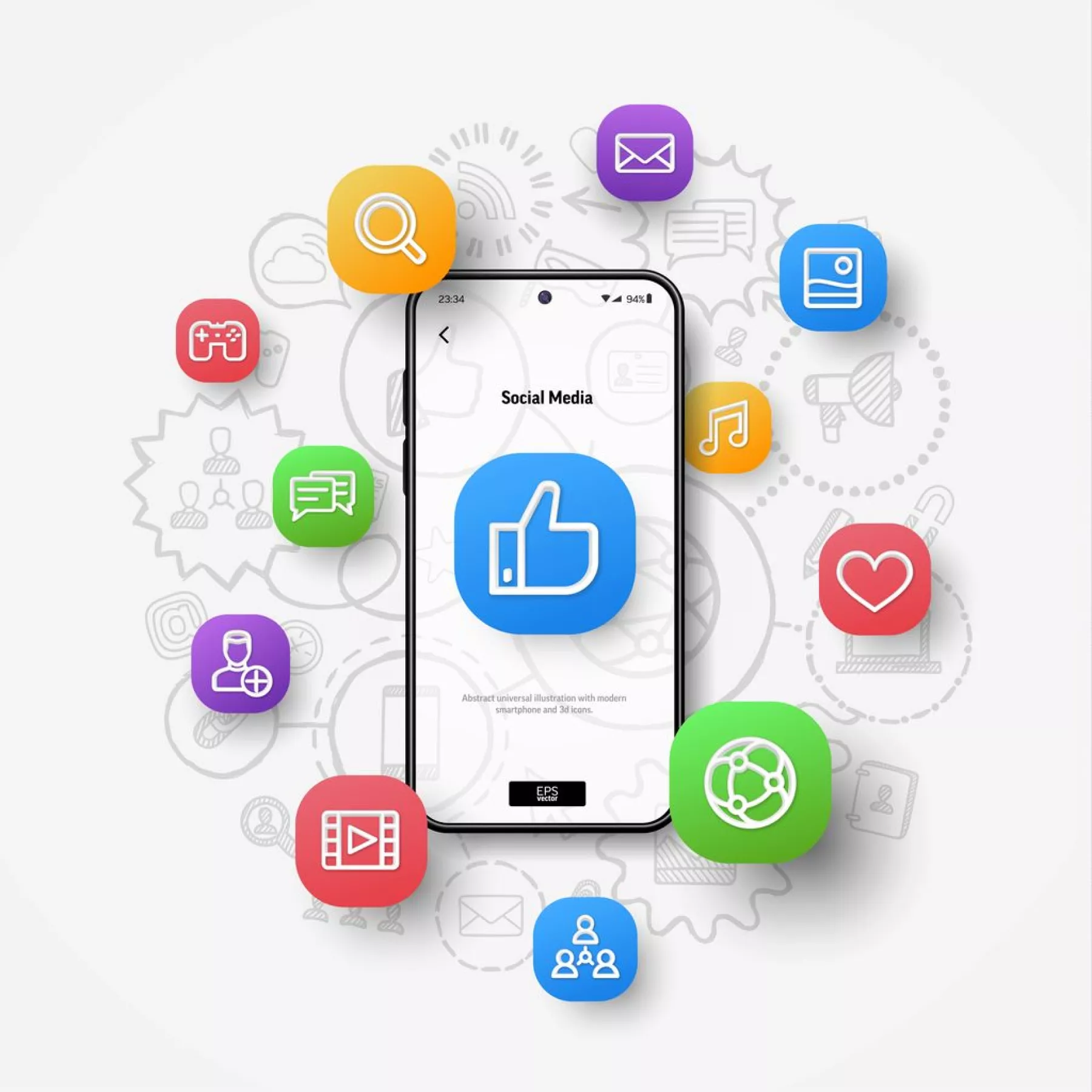
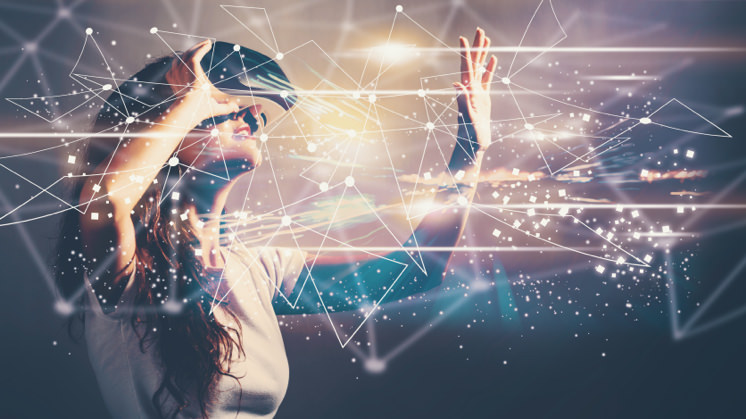
Tranding News
